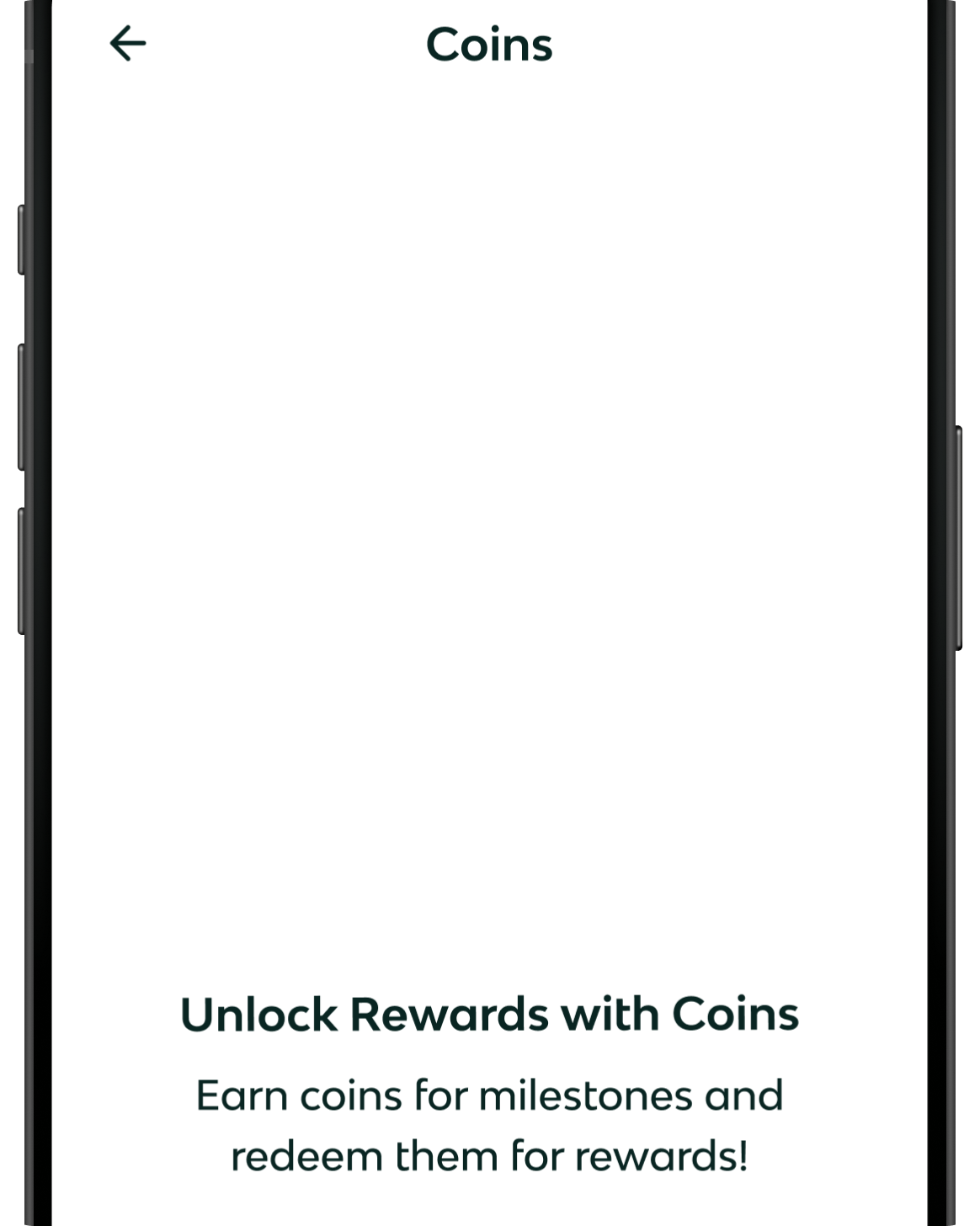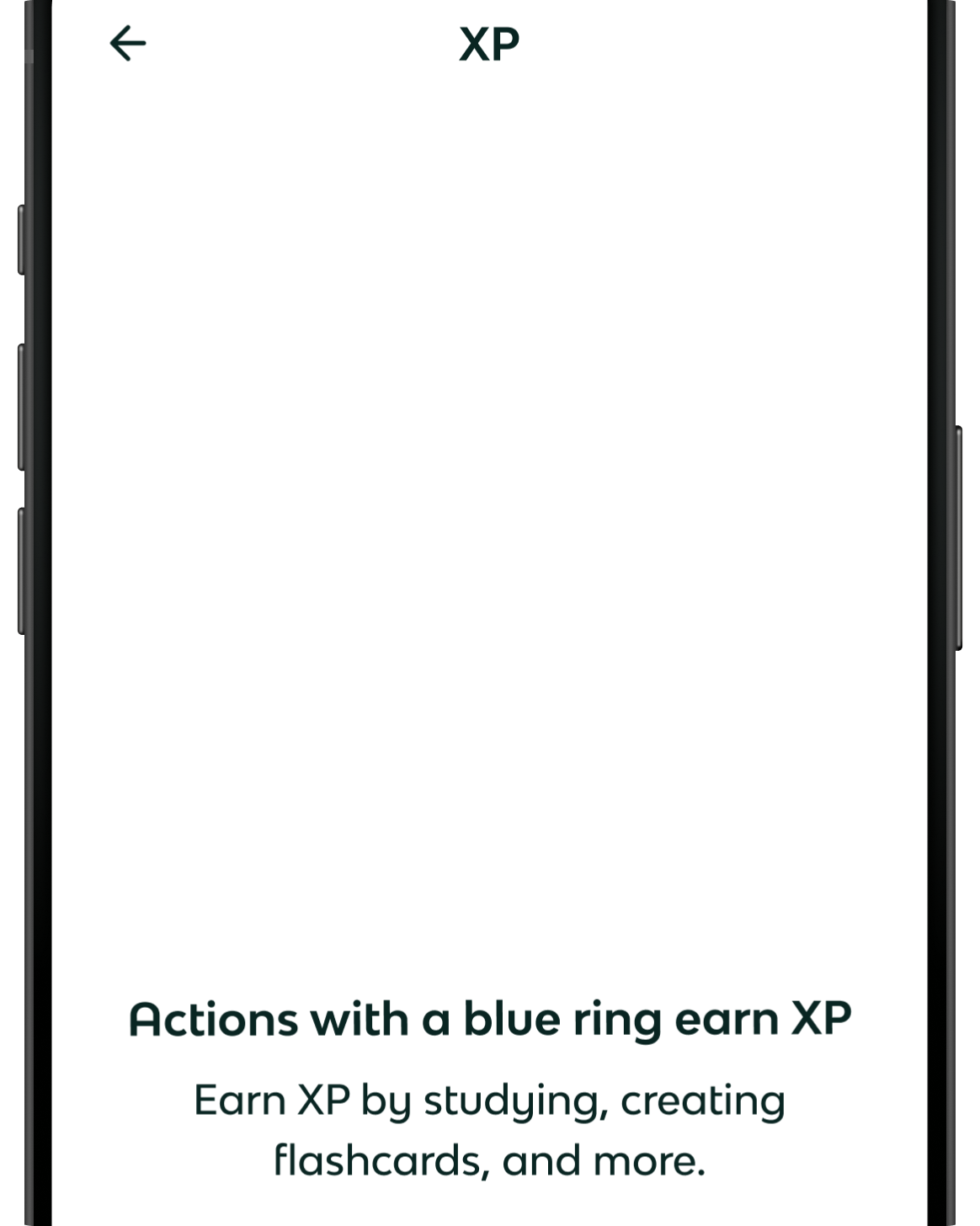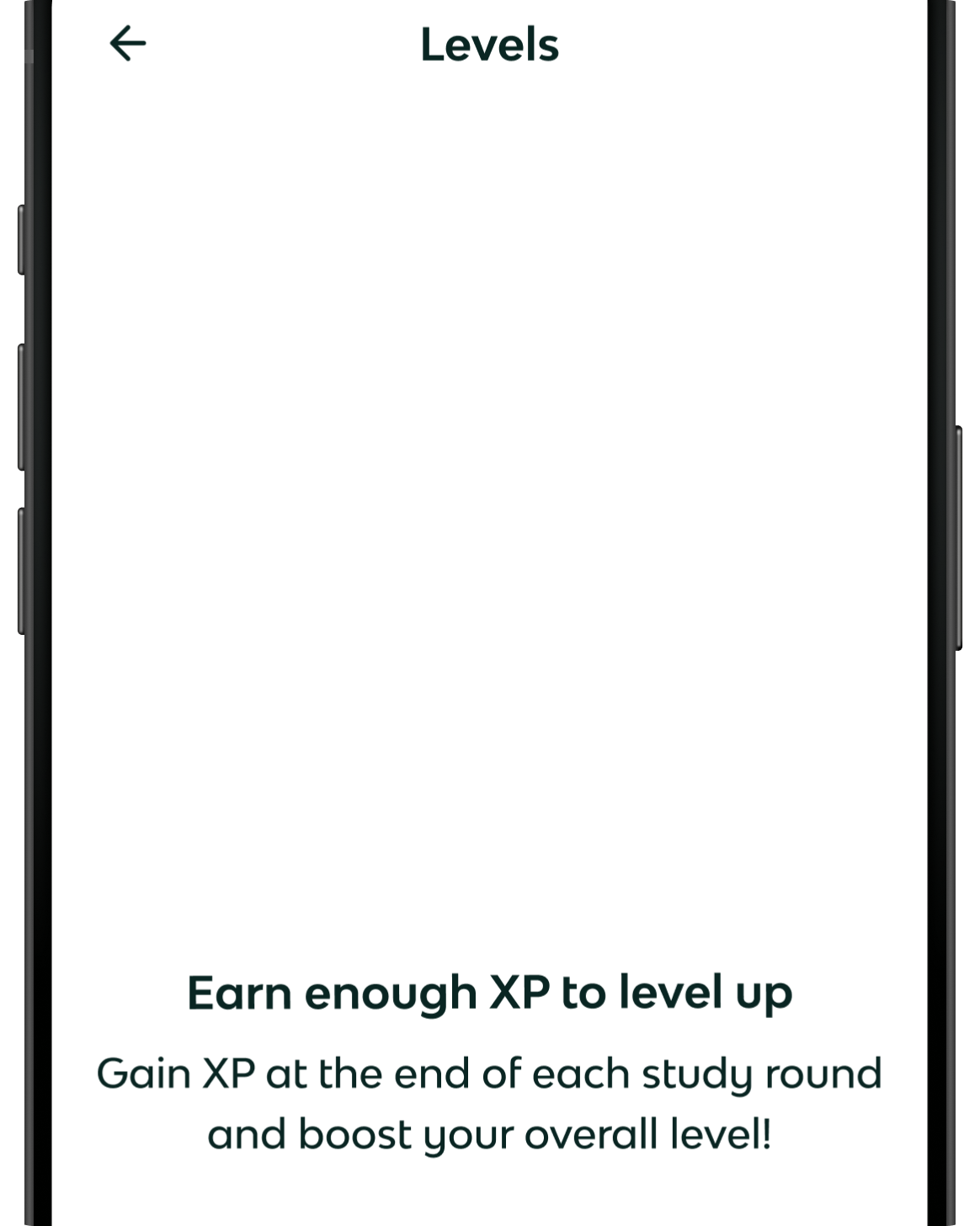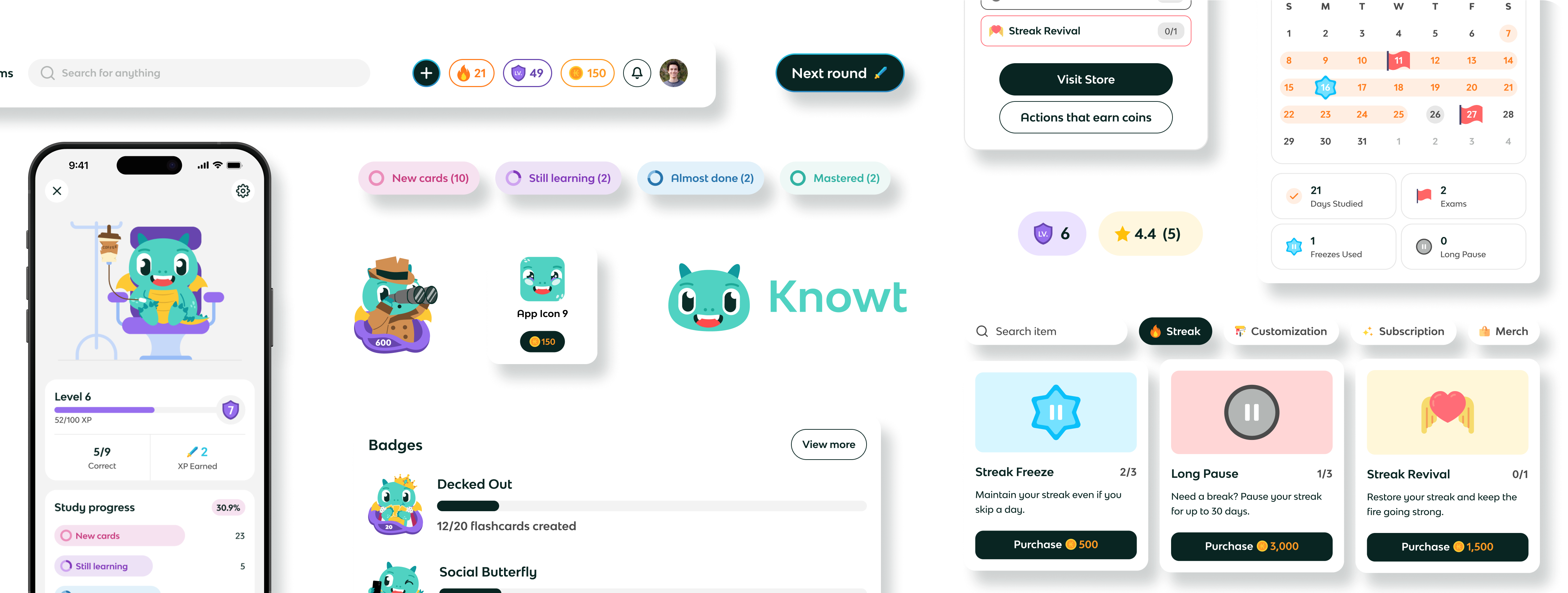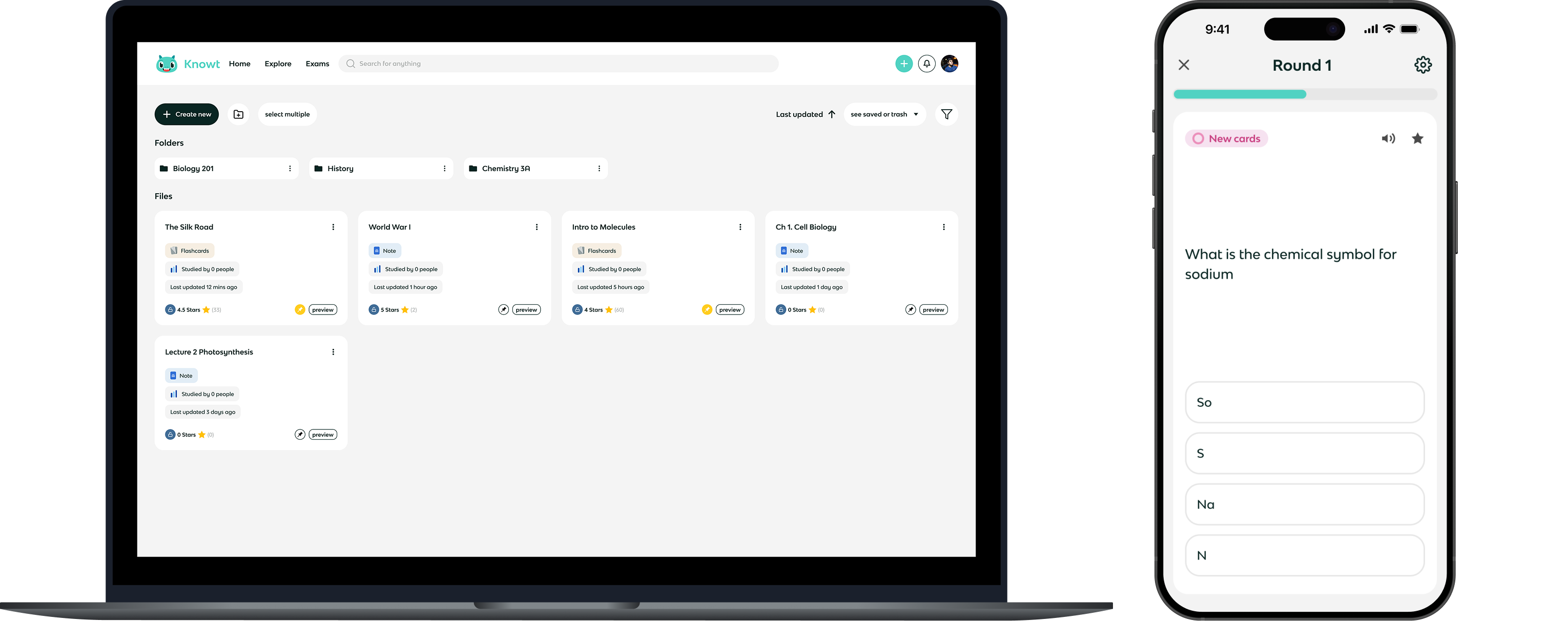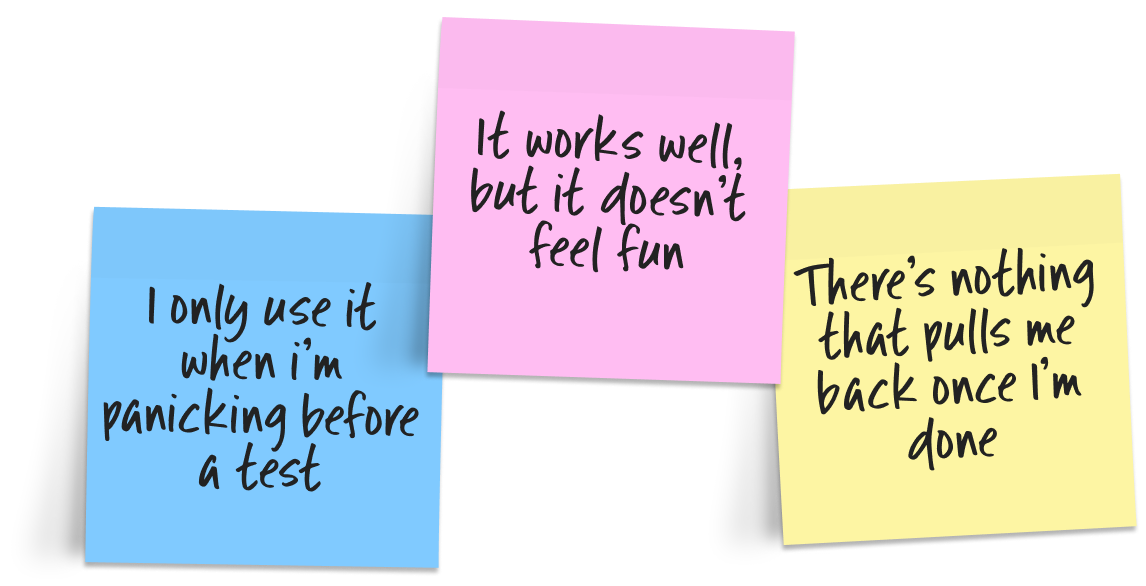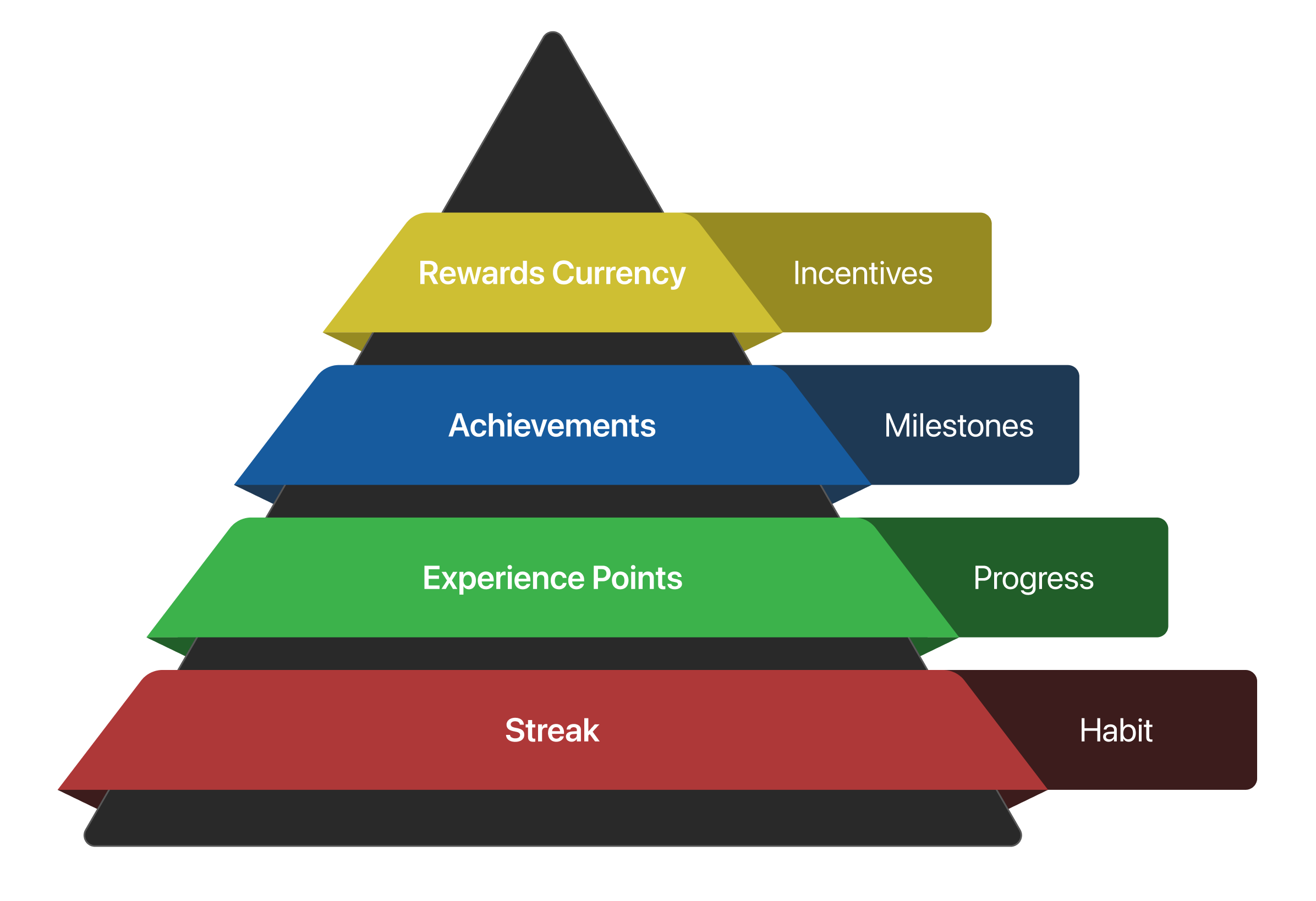With our four core features—Streaks, XP, Achievements and Rewards Currency—defined, the next step was to bring them to life through thoughtful, student-centered design. We wanted these systems to feel integrated, not gamified for the sake of it. Our goal was to motivate students without distracting them from their learning goals.
We approached design as an iterative process: sketching ideas, building quick prototypes, and observing real user behavior. Each feature was rolled out in lightweight phases, allowing us to measure what genuinely moved the needle. For example, we started with a simple streak tracker, then layered in motivational nudges and celebratory animations once we validated that students were more likely to return daily.
Importantly, we focused on emotional feedback. Every touchpoint—earning XP, unlocking an achievement, continuing a streak—was designed to provide just enough reinforcement to create momentum, without overwhelming the experience. It wasn’t about making studying “fun” in a gamified way; it was about making it feel rewarding enough to come back tomorrow.
We started by designing a streak system that rewarded users for studying on consecutive days. We kept the UI simple—a persistent flame icon and a streak counter on the homepage—to ensure it motivated without distracting. Early A/B testing showed promising results: users with streaks were 2× more likely to return the next day. We iterated on the visuals and added subtle reminders to protect active streaks, further reinforcing the habit loop.




